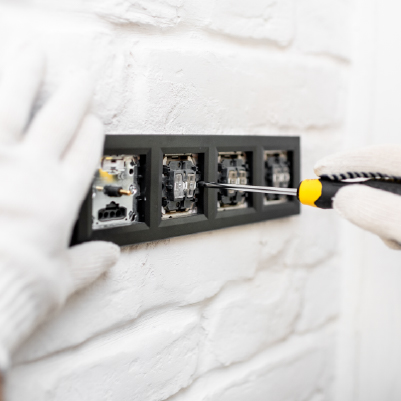Pat testing, also known as portable appliance testing, is a process of checking electrical appliances and equipment to ensure they are safe to use. It is intended to protect people from potential electric shocks or fires caused by faulty electrical appliances.
Is it a legal requirement in the UK?
In the United Kingdom, there is no legal requirement for pat testing. However, many businesses choose to have their electrical equipment regularly tested to ensure that it is safe to use. Additionally, some insurance companies may require businesses to have their electrical equipment regularly tested in order to be covered. Pat testing is typically carried out by a qualified electrician and can be done on-site or at a testing facility.
Pat testing is an important process that should be carried out on all electrical equipment to ensure it is safe to use. Faulty electrical appliances can cause electric shocks or fires, which can be dangerous to people. pat testing can help prevent these accidents from happening by ensuring that electrical appliances are in good working condition.
What are the benefits of pat testing?
There are a few different benefits that come with pat testing. One benefit is that it can help to improve safety in the workplace. By regularly testing electrical equipment, businesses can identify any potential safety hazards and make sure that they are repaired. Another benefit is that it can help to reduce the risk of electrical fires. By ensuring that electrical equipment is safe to use, businesses can help to prevent fires from starting. And finally, pat testing can also help businesses to save money. By regularly testing electrical equipment, businesses can identify and repair any potential problems before they become more expensive to fix.
Who should carry out the pat testing?
Pat testing must be carried out by a qualified electrician. There are a few different qualifications that an electrician may need in order to be able to pat test. In the UK, pat testing is regulated by The Electricity at Work Regulations 1989, which states that pat testing must be carried out by someone who has been trained and qualified to do so.
A pat tester should have an understanding of Health and Safety regulations, including how to identify potential electrical hazards. They should also have practical experience with working on electrical equipment and a good knowledge of relevant regulations and standards. Pat testers should also understand the principles of electrical safety and be able to follow written instructions from manufacturers when pat testing electrical appliances.
When pat testing, it is important for the pat tester to record all their findings accurately. This includes making sure that any defective appliances are noted and advised against further use until they are repaired or replaced. It is also important for pat testers to carry out tests in accordance with relevant standards, such as The Institute of Electrical Engineers Code of Practice for In-Service Inspection & Testing of Electrical Equipment (IET 4th Edition).
By ensuring that pat testing is carried out by a qualified electrician and in accordance with relevant standards, businesses can ensure that their electrical equipment is regularly checked for safety and remains compliant with current regulations. This can help reduce the risk of electric shocks or fires caused by faulty electrical appliances, as well as helping businesses save money in the long run by identifying problems early on before they become more costly to repair or replace.
Contact Jack Jones Electrical for more information on Pat testing your electrical equipment.





